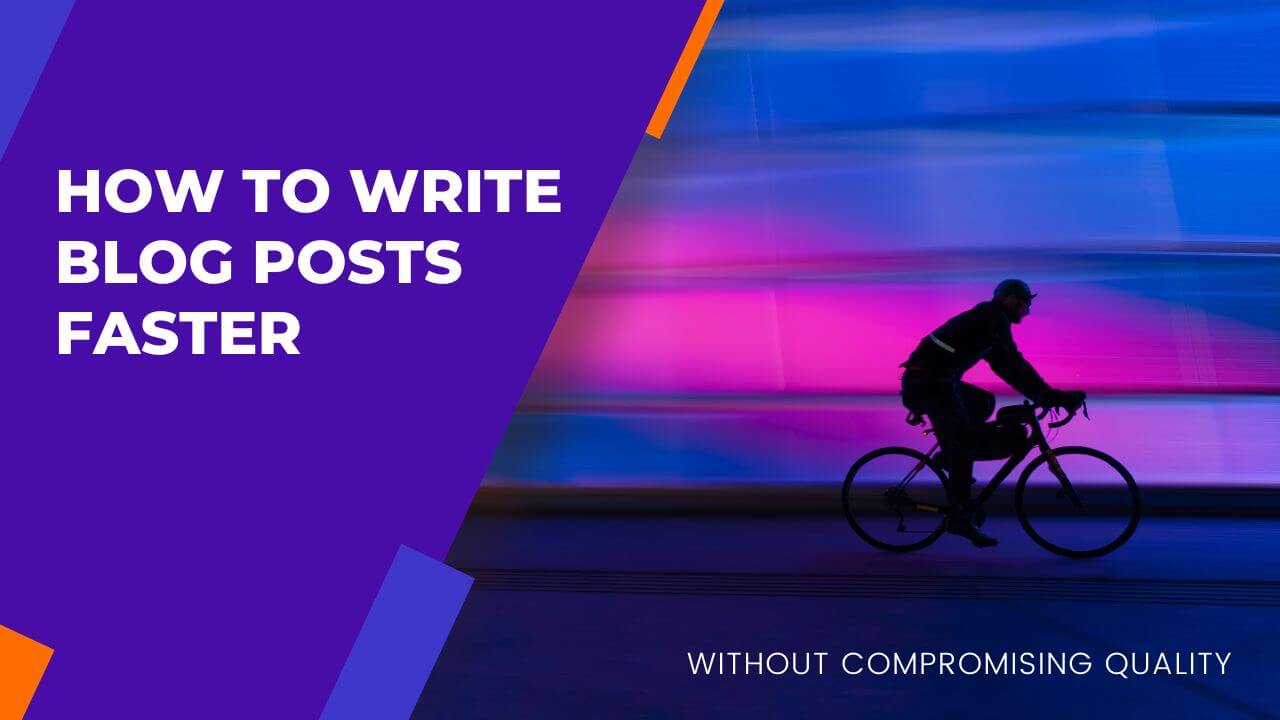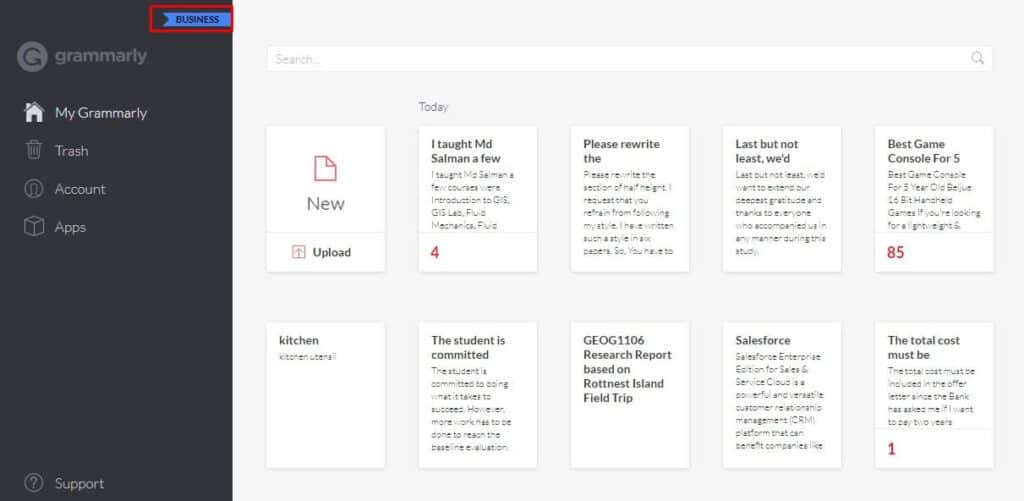
Last Updated on July 26, 2023
Are you thinking about how to write blog posts faster without compromising quality? Just hold on. Read this post carefully and learn the ultimate hacks.
Have you got stuck often while starting a blog post? Your minds are as blank as a fresh white paper or a blank monitor. You are trying hard to write but getting fumbled thinking where to get started.
Hold on! We have all been there. It’s called writer’s block, which is mainly responsible for slowing down blog writing. But is there any way to overcome it? How to write blog posts faster without compromising the quality?
If you are searching for the answer, you have selected the right place. Being a writer, I will tell you how I have overcome it. Previously I could hardly write 700 words per day. Now I can deliver 1500-2000 Words (even more) per day easily. Just stay tuned to learn the hacks!
How Can I Speed Up My Blog Writing Without Compromising the Quality?
Quality comes first! Remember you are adding value or solving problems through your writing. It should be meaningful, effective, and impactful at the same time. Below I will introduce you to all the possible ways to make blog posting faster and add more quality.
1. Pick Up a Suitable Topic
After spending so many years blogging, the toughest part for me is still deciding on a topic. Most bloggers are unable to find- what to write about. Where to get started? The blank paper and blank screen are not going to give you clues.
While researching, I found some helpful tips to combat this issue.
- Take help from google analytics. It will help you to know what topic the audience often searches for.
- A good author is, at first, a good reader. Try reading as many books, articles, and research papers as possible. You will find beautiful key points and some life lessons that will draw a line in your mind. Take short notes of those ideas. It will help you to generate a new innovative blog post.
- You can take ideas from social media platforms like Quora and Reddit. Read their comments to find relevant questions about your selected niches.
Tips: Try to find a topic that interests you. Thus, you can justify it well.No matter if you are just an employee writing just to complete your job. A boring topic is going to make you delay. Also, you will unlikely make it interesting for the readers too.
2. Do In-Depth Research Work
So far now, you have a good topic. What Next? Yes, you need to take a deep dive into it. Don’t just take information from one or two sources; consider different statistics, previous research works, data analytics, reviews, and much more.
Each source will enrich your knowledge regarding the topic. Try to note out important keys. When you assemble them, you will get a satisfying outcome without getting stuck. Also, you will never run out of words.
3. Create a Format
Now, you have a topic and a handful of resources; all you need is to create a good outline. It will keep you on track. Below I have added varieties of formats :
- Listicle
- Add comparison table
- How to
- Product reviews
- Do’s and Don’t
4. Use Tools
Using tools can reduce time searching for topics, creating formats, & even writing articles. However, I believe in manual research and writing. Although ai tools deliver plagiarism-free content, they often analyze the first 20 articles.
So, it will not add value to your readers. Having said that, we can’t ignore some really helpful tools. Here I include some genius tools that help you write blog posts faster without compromising the quality.
Google Docs: I found it very convenient to write and edit faster. You can make the changes in real time.
Grammarly: You can add these tools to your pc or mobile keyboard to write and edit at the same pace. It automatically corrects gaps and spelling mistakes and even gives suggestions in sentence making.

Project Management Tools: The bloggers have to deal with different articles at a go. Tools like Trello can help you to organize and create quality blogs faster.
5. The 25 Minutes Rule
One of the most difficult parts of writing blogs is holding concentration. Lots of stuff are also there to drag away your attention.
But don’t worry. I am going to introduce you to one of the best tactics that especially helps me to increase my attention span. It’s none other than the Pomodoro techniques. On top of that, you can use it during Writing and editing the post. For this,
- You need to plan a 25-minute schedule
- Take 5 minute gap
- Repeat it for four-cycle
- After that, a bigger break, like 20-30 minute
- Again plan for the next cycle
Suppose you have tried all these and still fail to deliver blogs post faster, then consider the followings:
Your Typing Speed
Your typing speed is probably slow, so you cannot write posts faster. The average good typing speed is 40 words per minute.
If you want to check, there are multiple free est options available online. Check and exclude this factor if you think you can write faster.
However, your aim should produce 60-70 words per minute. With practice, you can easily achieve this.
Working Environment
Many people often ignore this minor thing, but it greatly impacts your productivity. Try to choose a calm environment.
You can reorganize your working space with a desk organizer, fancy RGB lights, a sound box, indoor plants, motivational quotes, a clock, and so on.
Change the Topic
If nothing is working, then you need to rethink your subject. It’s evident that a commerce background student will find it boring to write – can type-2 diabetes be reversed?
Similar goes for a medical background student to write one B2B, B2C, or e-commerce-related topic.
Final Takeaway: How to Write Blog Posts Faster Without Compromising Quality
Just try to figure out what causes your delay or why it is getting difficult for you to maintain the quality. Unable to concentrate – walk away, take some refreshments and come back. Are you feeling lethargic? Take a rest.
Like your body, your mind also demands a break. That time you should try to find a peaceful corner and spend some time there. When you come back, you will be able to bounce back at a better speed! Hopefully, you have learned how to write blog posts faster without compromising quality.





